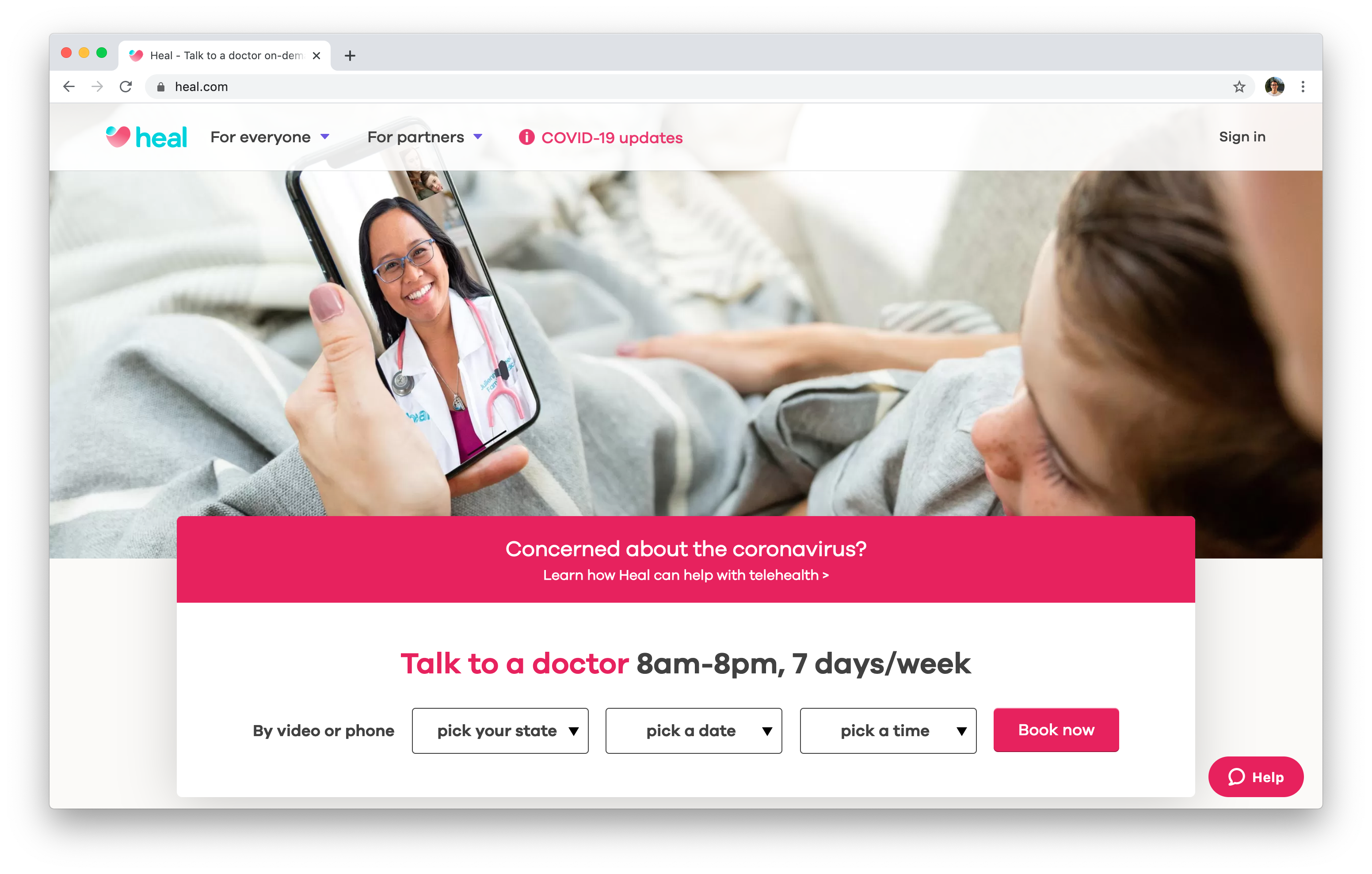Comprehending the Cost Savings of Subscription Based Healthcare for Families
Comprehending the Cost Savings of Subscription Based Healthcare for Families
Blog Article
Understanding the Cost-Effectiveness of Subscription-Based Healthcare Designs
As the health care landscape evolves, subscription-based versions arise as a compelling option, guaranteeing to redefine just how individuals handle medical expenditures. Evaluating these versions' cost-effectiveness necessitates a nuanced contrast with traditional insurance coverage, thinking about both economic effects and individual satisfaction.
Introduction of Subscription-Based Models
Subscription-based health care designs, occasionally described as direct medical care or attendant medicine, are significantly gaining focus as a possible option to inadequacies within typical medical care systems. These designs operate the concept of offering people direct accessibility to health care companies through a regular monthly or yearly fee, bypassing the demand for typical insurance policy mechanisms. This setup intends to improve patient-provider interactions by lowering administrative burdens, which frequently hinder individualized and timely treatment.
At the core of subscription-based designs is the focus on an extra personalized client experience. Patients gain from enhanced access to their medical professionals, typically including next-day or same-day visits, prolonged appointment times, and direct communication channels such as phone or video phone calls. This model fosters an aggressive strategy to healthcare, where suppliers and individuals can collaboratively concentrate on preventative care and persistent disease management.

Expense Comparison With Typical Insurance Policy

One of the key financial benefits of subscription designs is transparency in costs. Conversely, typical insurance might be more helpful for individuals calling for specialized treatment or pricey therapies not covered under a registration version, as they profit from the more comprehensive protection network and cost-sharing mechanisms.
However, cost-effectiveness is context-dependent. While membership designs could use savings for those largely requiring health care, individuals with persistent problems or specialized medical care requirements might discover standard insurance policy much more thorough. Consequently, reviewing specific health care requirements and possible usage is essential in identifying one of the most cost-efficient choice for individuals.
Effect On Person Complete Satisfaction
Client contentment within subscription-based health care models usually reflects a significant renovation over conventional insurance policy systems. This improvement is largely credited to the customized care and availability these models supply. Clients regularly report greater complete satisfaction because of reduced wait times and the convenience of organizing appointments. Unlike standard systems, where people may experience delays in receiving treatment, subscription-based versions ensure even more timely and direct interactions with healthcare companies.
Additionally, the openness in costs connected with subscription-based healthcare relieves the usual stress connected to unanticipated fees and intricate invoicing processes seen in conventional insurance coverage (subscription based healthcare). Patients appreciate understanding the precise financial dedication upfront, leading to read here increased trust fund and self-confidence in their healthcare management
Additionally, the emphasis on precautionary care and wellness in subscription designs adds to improved health results, further enhancing individual fulfillment. By concentrating on recurring health care instead of episodic care, patients experience a more all natural and continual medical care journey.
Furthermore, the enhanced provider-patient connection promoted in these designs, defined by more time invested per patient and customized interest, plays a critical function in boosting patient fulfillment levels, as people really feel really taken care of and recognized.
Provider Perspectives and Experiences
From the service provider's perspective, subscription-based healthcare models use a transformative strategy to supplying clinical services. These models highlight a positive and preventative health care strategy, enabling companies to concentrate on detailed individual treatment without the constraints of standard fee-for-service setups (subscription based healthcare). This shift in emphasis commonly results in improved person end results and boosted provider satisfaction, as healthcare professionals can allot more time and resources to client engagement and individualized treatment strategies
Additionally, registration models promote predictable earnings streams, which enhance economic security for health care companies. This predictability enables boosted resource preparation and allocation, contributing to a more reliable health care delivery system. Carriers can spend in staff technology, framework, and training improvements, consequently enhancing the useful content high quality of treatment provided.
However, the transition to subscription-based models is not without difficulties. In spite of these obstacles, lots of carriers find that the benefits of increased patient interaction and streamlined operations outweigh the initial challenges, making subscription-based models an attractive option.
Future Prospects and Challenges

A primary challenge is regulative conformity, as membership models need to comply with advancing healthcare policies and insurance coverage needs. This requires constant adjustment and advancement to ensure alignment with lawful requirements. Furthermore, integrating these designs right into existing healthcare facilities can be complicated, calling for substantial financial investments in technology and training.
There is likewise the prospective threat of developing injustices in healthcare access, as membership models could prefer those that can afford them, leaving susceptible populations underserved. Resolving this requires thoughtful consideration of rates approaches and aid devices to guarantee inclusivity.
Conclusion
Subscription-based healthcare models offer a practical option to typical insurance coverage by using economic predictability and transparency, particularly profiting people with persistent conditions or frequent healthcare requirements. The cost-effectiveness of these models is contingent upon private health care usage patterns and scenarios. While they might boost patient satisfaction and improve budgeting, difficulties remain in addressing specialized treatment requirements. Future factors to consider consist of balancing thorough insurance coverage with price and integrating these models within the broader this link medical care system for ideal outcomes.
Subscription-based medical care designs, in some cases referred to as straight key treatment or attendant medication, are significantly acquiring interest as a possible option to inadequacies within standard healthcare systems. Unlike standard systems, where individuals might experience hold-ups in getting treatment, subscription-based versions ensure more direct and prompt communications with health care providers.
These models stress a preventative and positive health care approach, permitting companies to concentrate on thorough person care without the restraints of conventional fee-for-service setups. As these models proceed to gain traction, they provide the prospective to reinvent person accessibility to care, simplify service shipment, and enhance health care costs.Subscription-based health care designs offer a practical choice to standard insurance by offering financial predictability and openness, especially benefiting individuals with persistent problems or constant medical care requirements.
Report this page